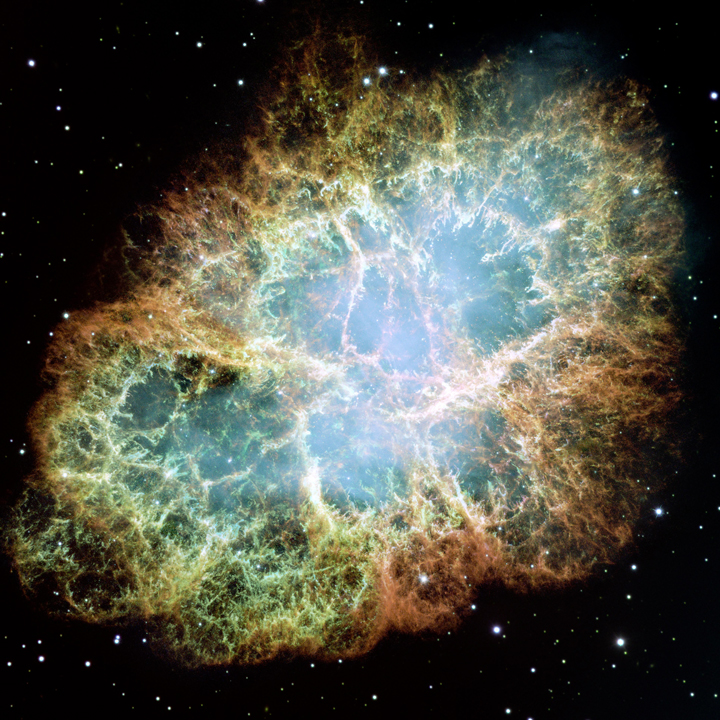Forty years ago the Crab Nebula changed my life and now nanotechnology is doing the same thing, not just for me but for many people in the NISE Net. Here's my story; share yours by leaving it in a comment below.
I was at an exhibit opening at the Museum of Science a while back. The exhibit about black holes was developed in part by two members of the staff at the Harvard Smithsonian Center for Astrophysics who were formerly members of the Museum of Science exhibit staff. 
I hired Mary Dussault and Roy Gould at the Museum to help develop a new exhibit concept I had initiated that focused on science thinking skills. Prior to that, neither had worked in the area of exhibit development. They got their training in exhibit development at the Museum of Science. It's not something they had expected to be doing in their lives. And now they were opening an exhibit they developed for the Center for Astrophysics.
Nor had I expected exhibit development to be part of my life. When I was in college, I took an elective that was offered for one semester only and focused on an astronomical object called the Crab Nebula. I took this course because I wanted to work with theoretical astrophysicist and science communicator extraordinaire Philip Morrison. His working group within this seminar was to create a public communication about the subject of the course. It was that experience that led me to a job at the Museum of Science.
So through this chain of events, a seminar on the Crab Nebula had a profound impact on my own life and those of several people I know, and through their work on several people they know, and the visitors to many exhibits created by all of them over many years.
Nanoscale Informal Science Education is now having similar profound impacts. The Crab Nebula was a great subject because its history and science offered a rich array of learning experiences for the students of the seminar. Nanoscale science and engineering education similarly offers a rich array of learning experiences for informal educators.
One particular example of this germane to the Museum of Science is the way in which societal implications, benefits and risks, and public engagement are key components of nanoscale education. The NISE Net Forums team has give a number of institutions and individuals the opportunity to develop and explore new programmatic models that have the potential to provide science museums with new roles in our communities.
As one example of that, David Sittenfeld on the Museum of Science staff was conducted a few forum programs with and for the Cambridge Department of Public Health. Last fall he ran a session of World Wide Views on Global Warming at 
There are several other examples of how the NISE Net Forum experience has led to several other paths for me to follow and it's done the same for others on the Forum team.
I believe that folks have had similar experiences throughout the NISE Net. Nanotechnology has opened new paths of inquiry and professional development -- in program development, exhibit development, evaluation, models of collaboration, and many other areas. Richard Souza of the Materials Research Society (MRS) has told me that the NISE Net has totally transformed MRS institutional perspectives on education. Now there is a new strong commitment to education as an important part of the work of the society.
How has the NISE Net or nano education opened new doors, led you down new paths, or changed your work or your life? Leave a comment to share your story.
